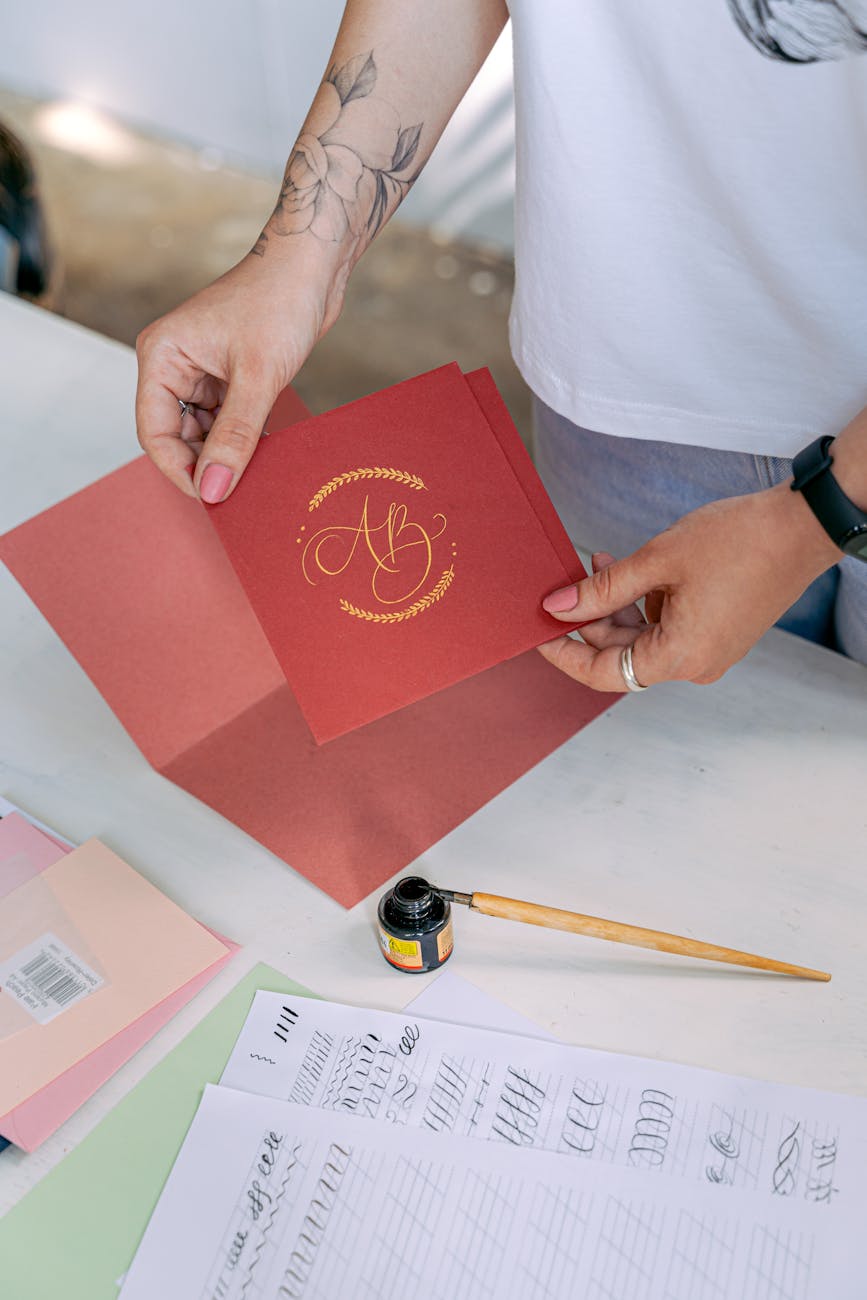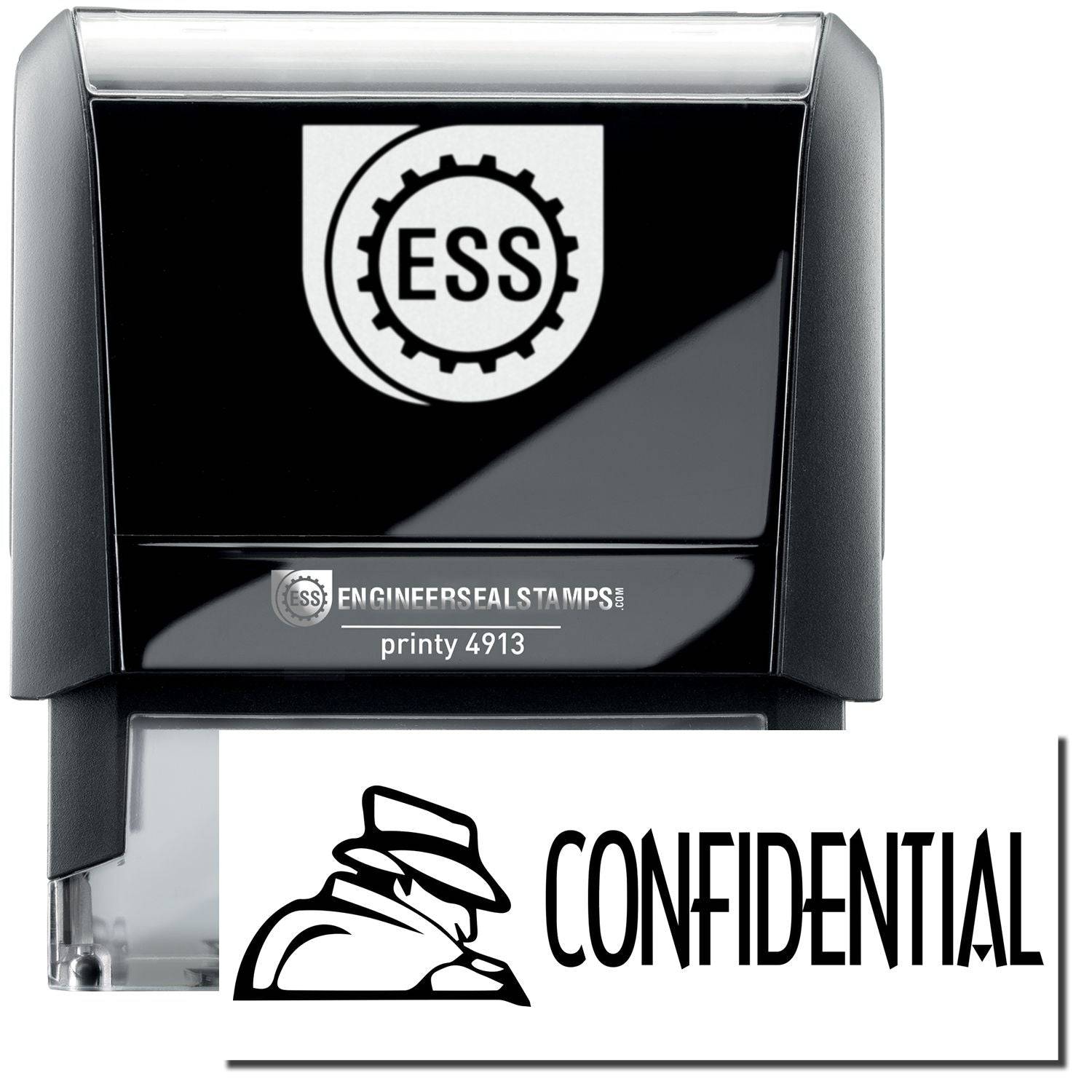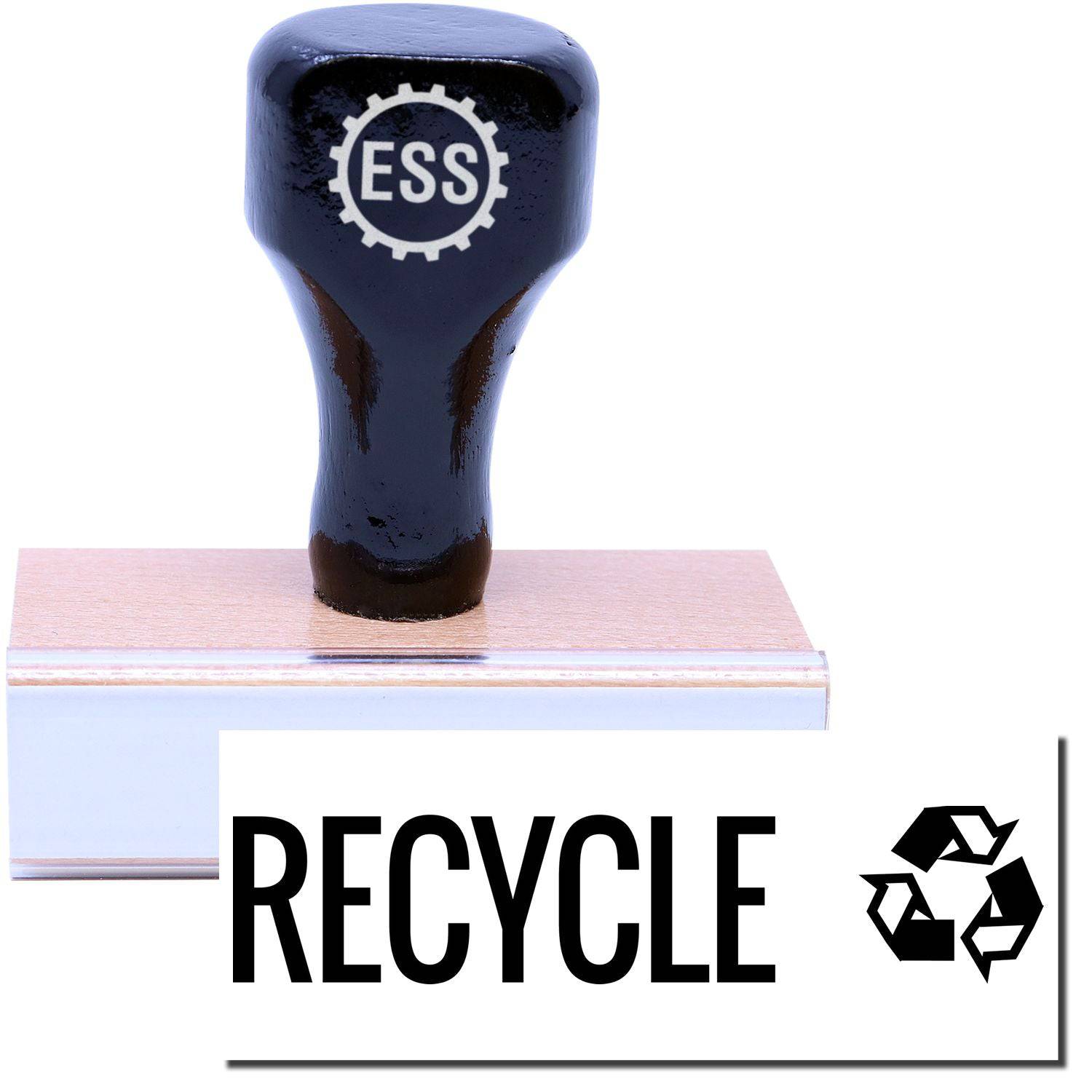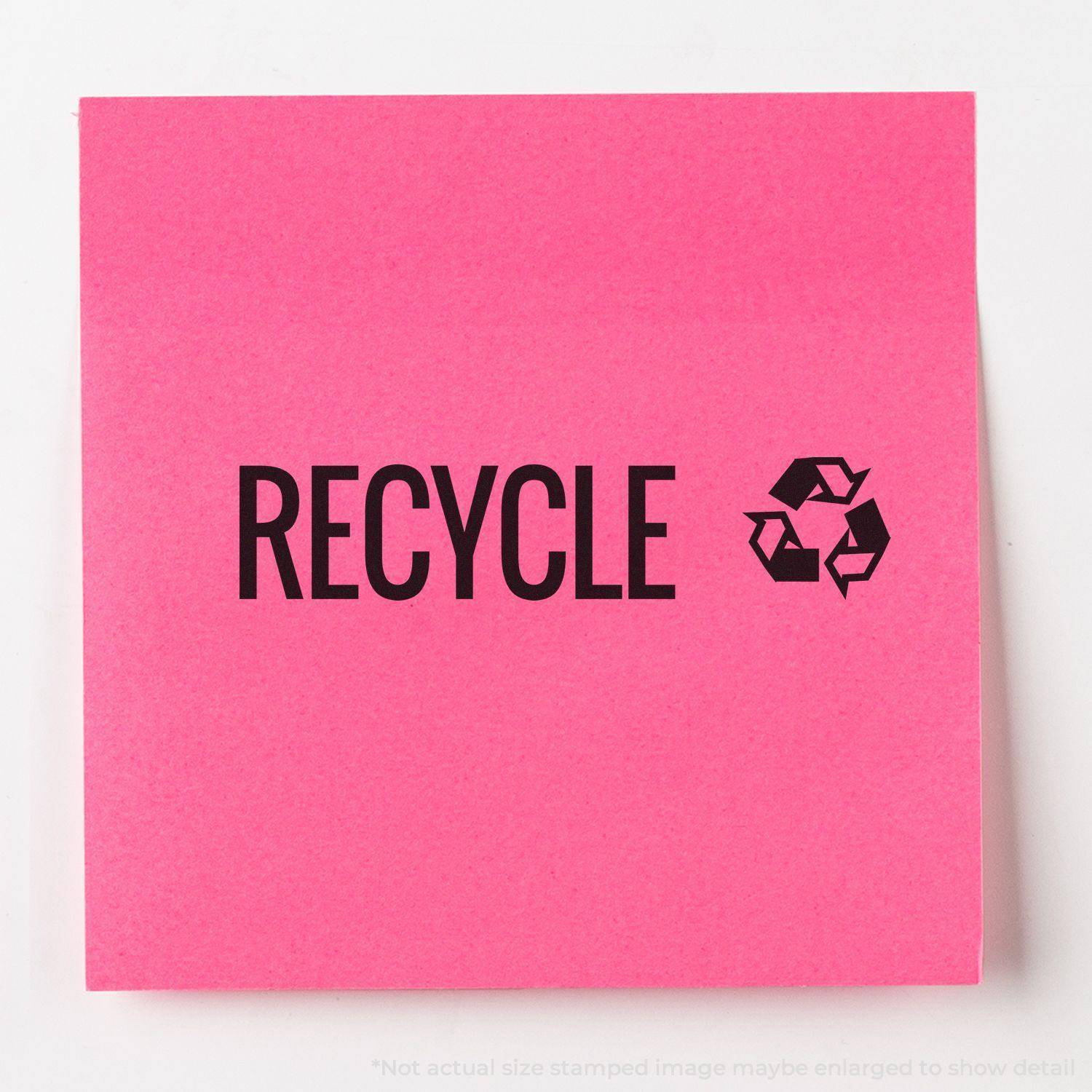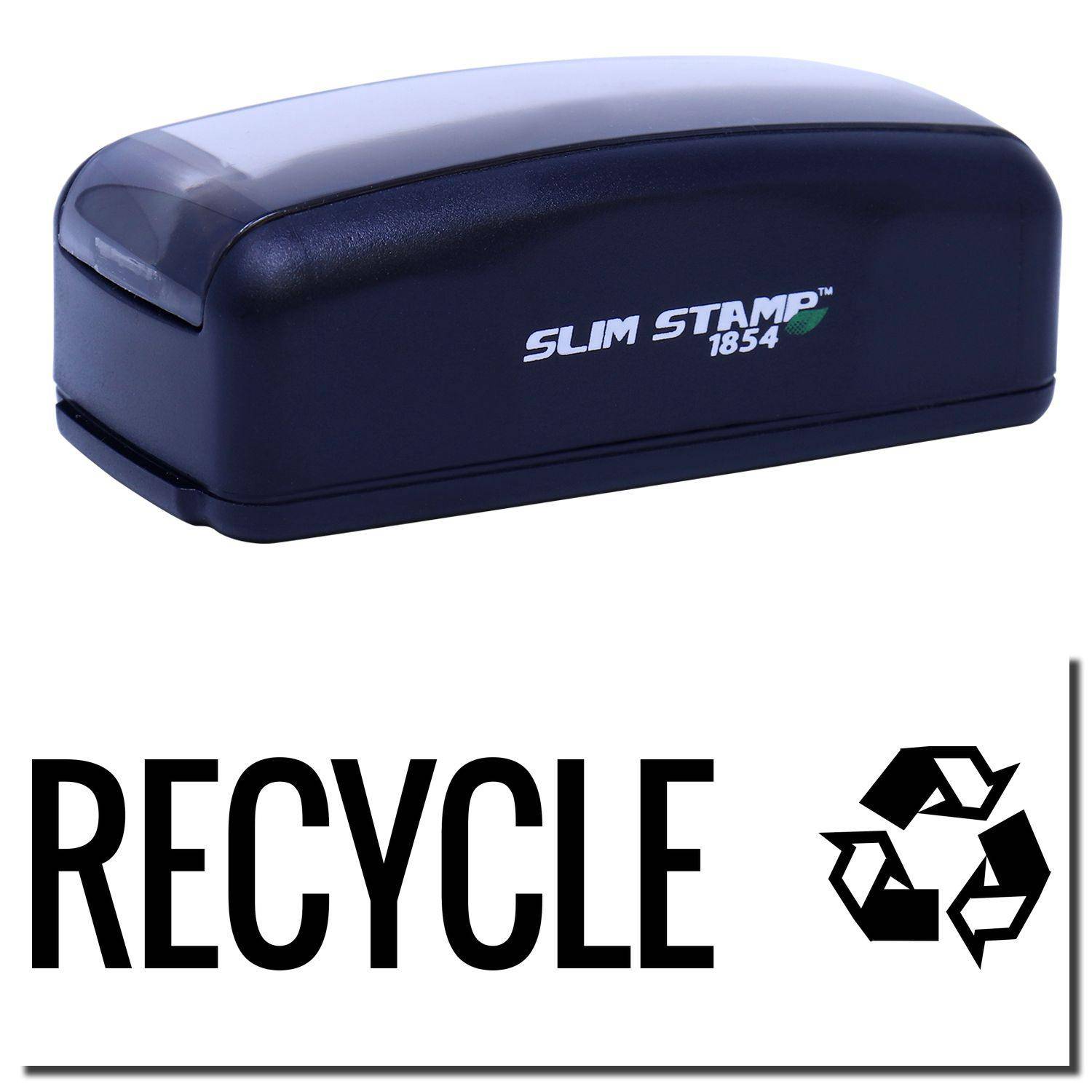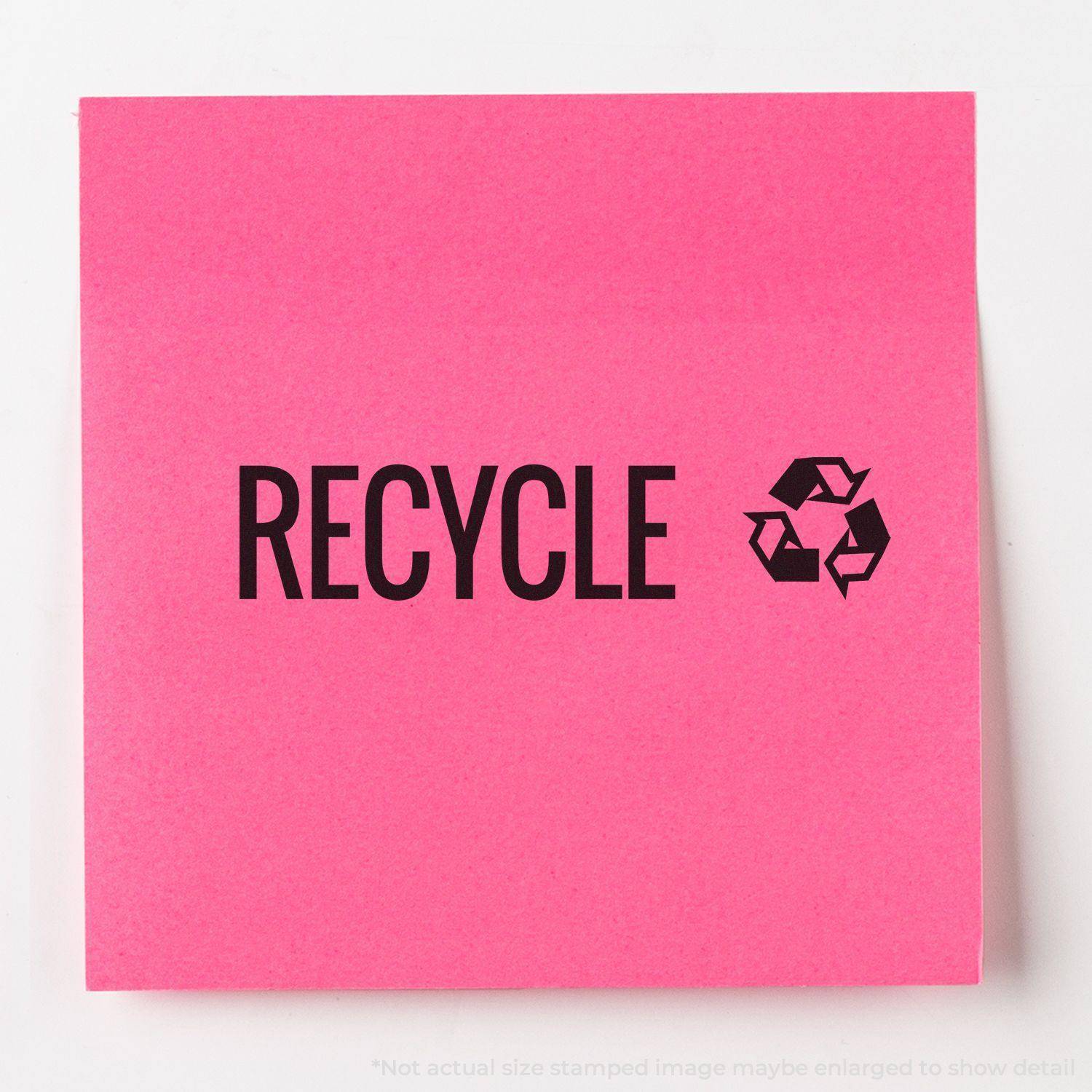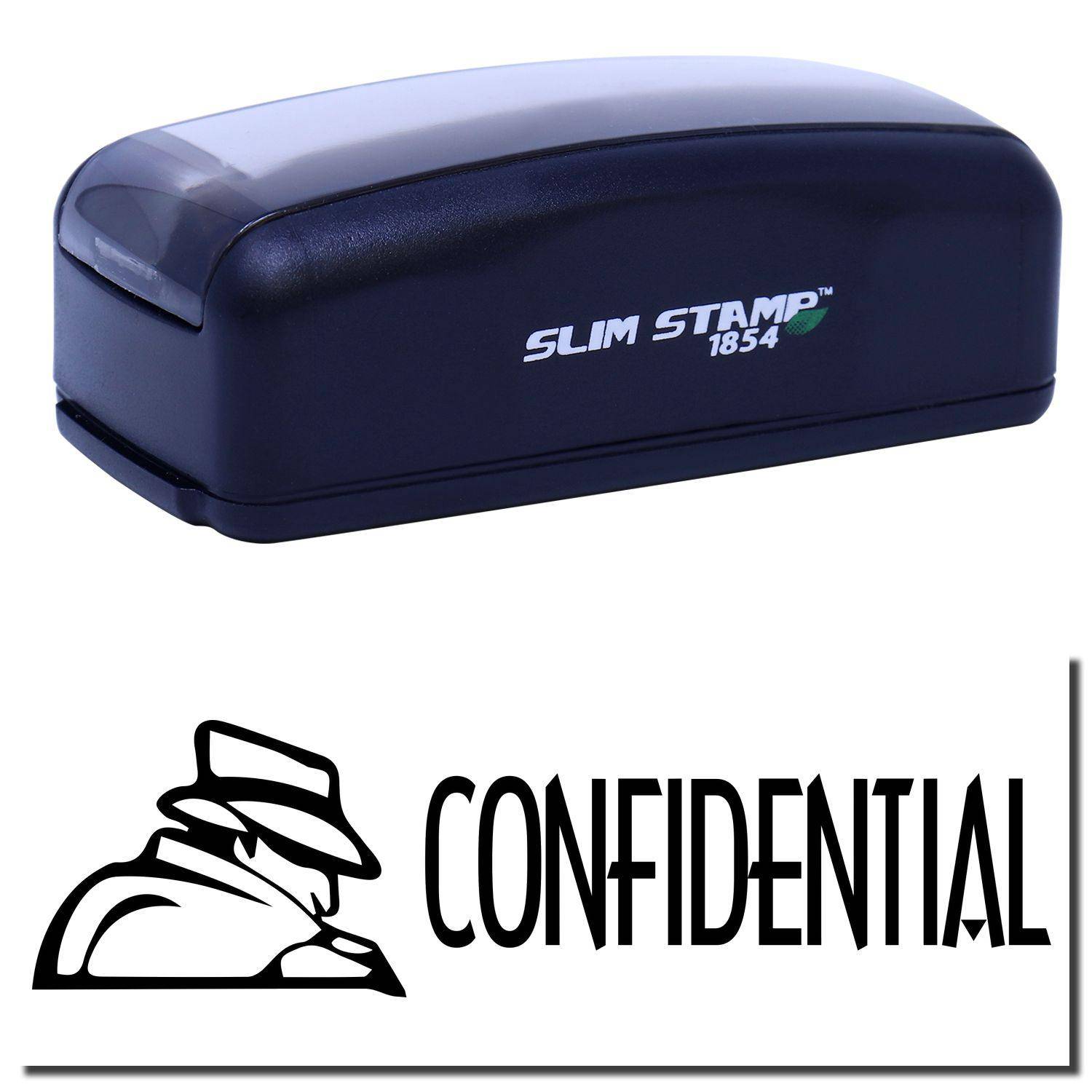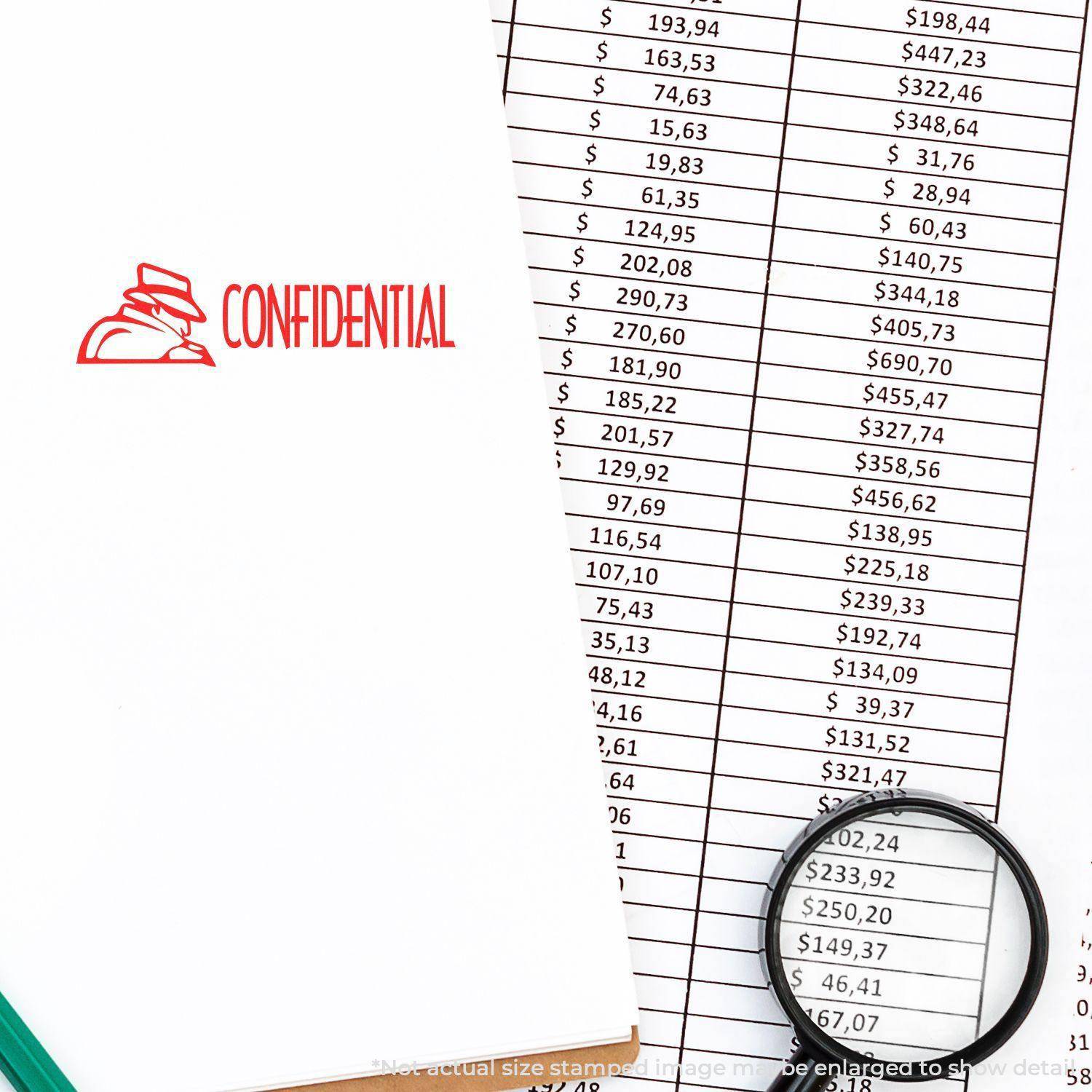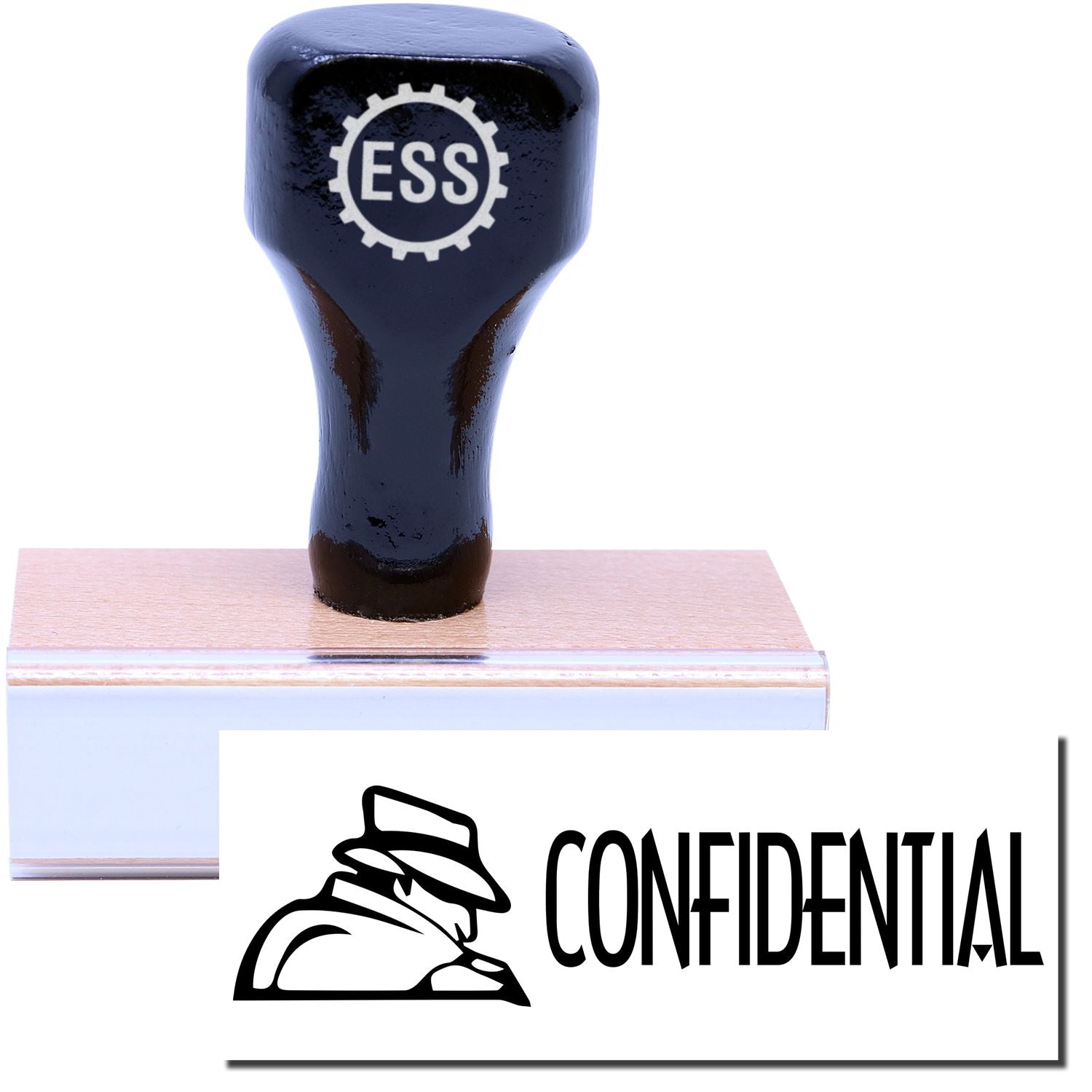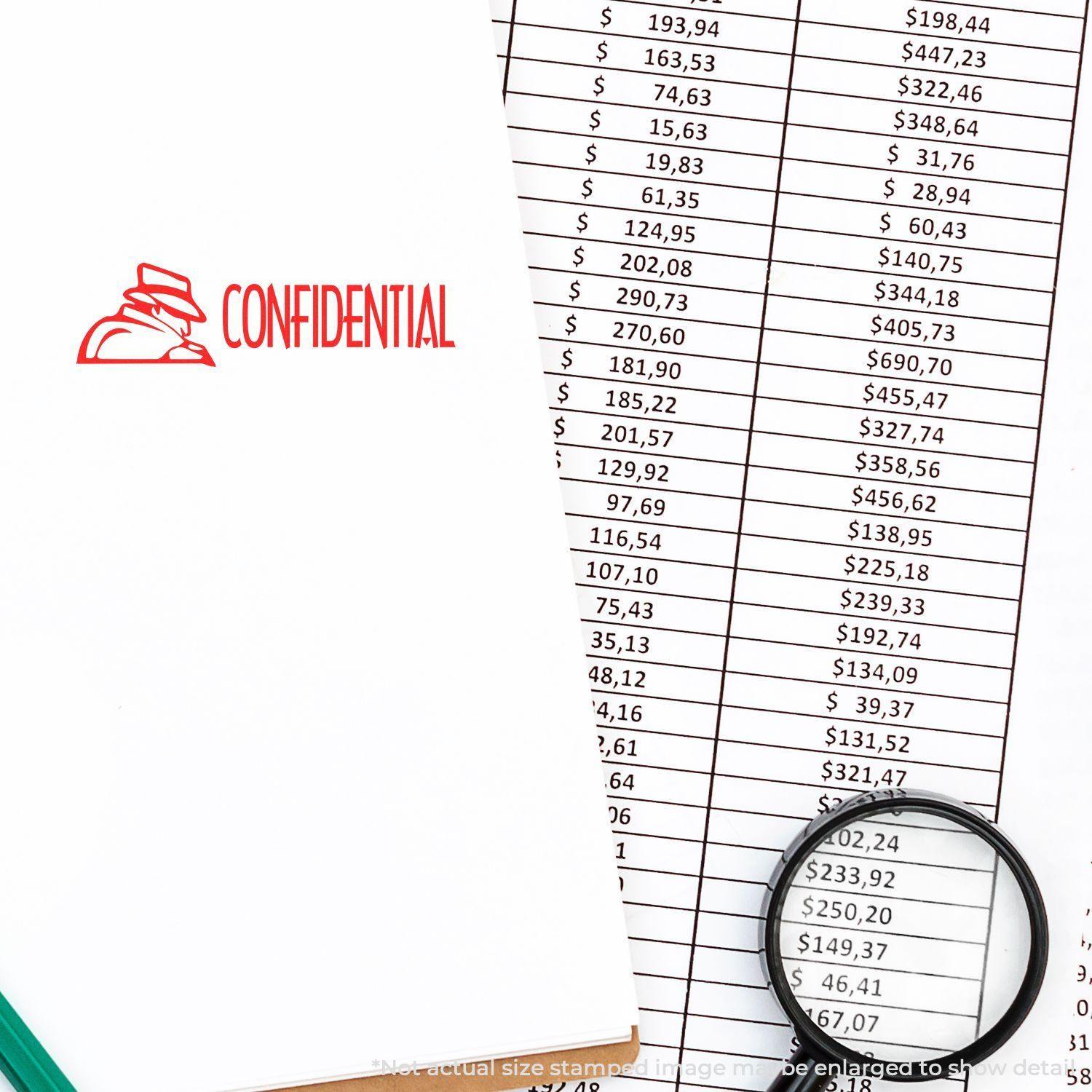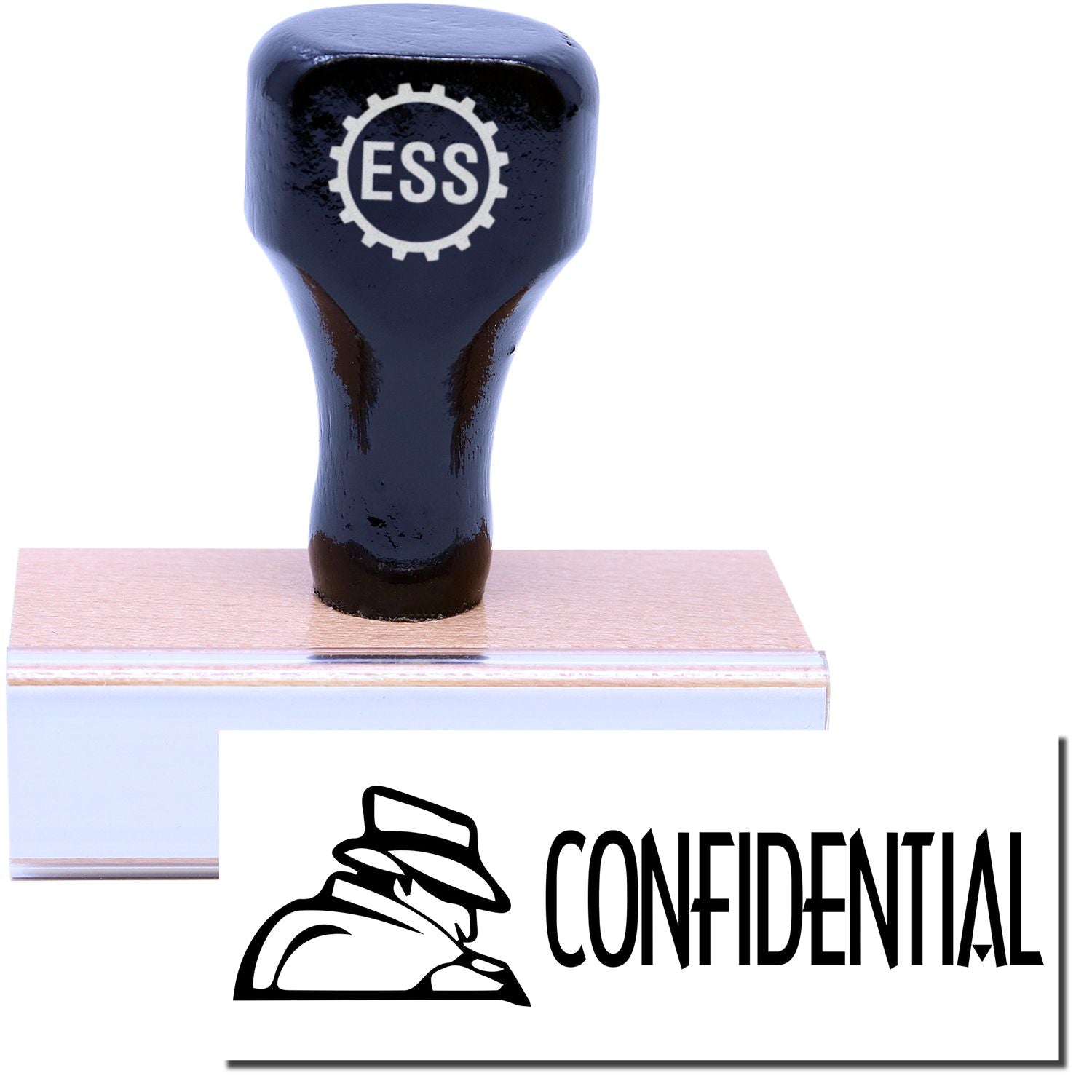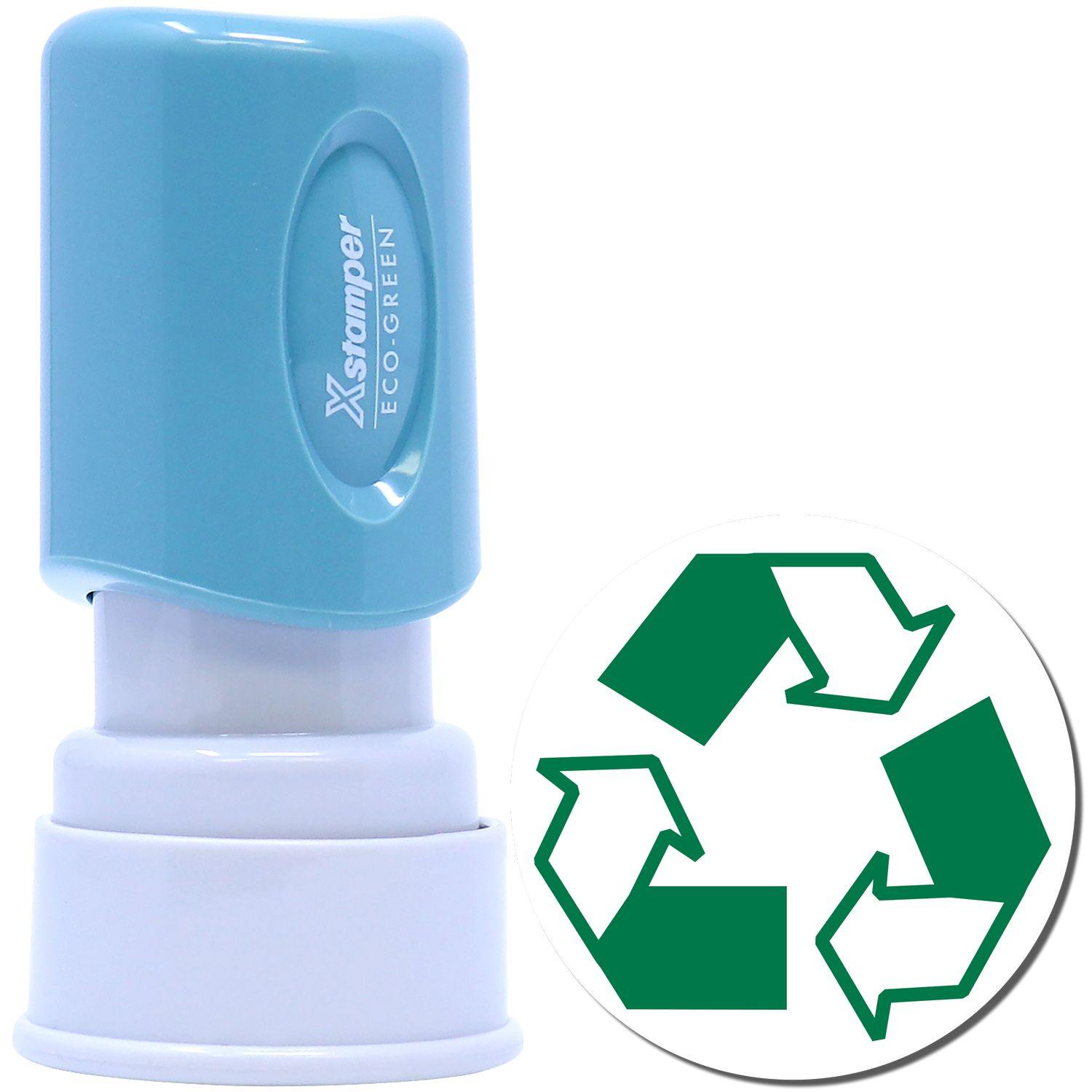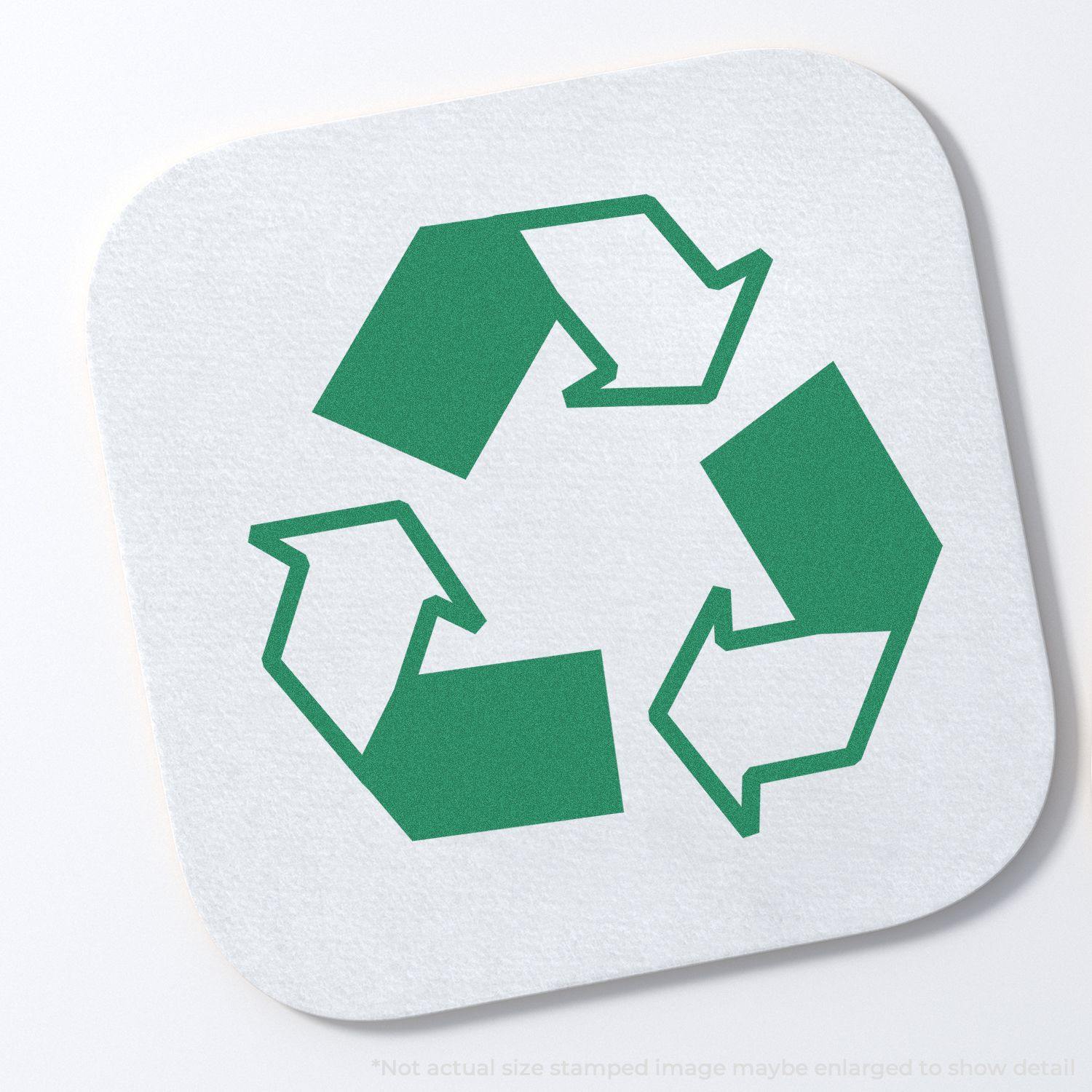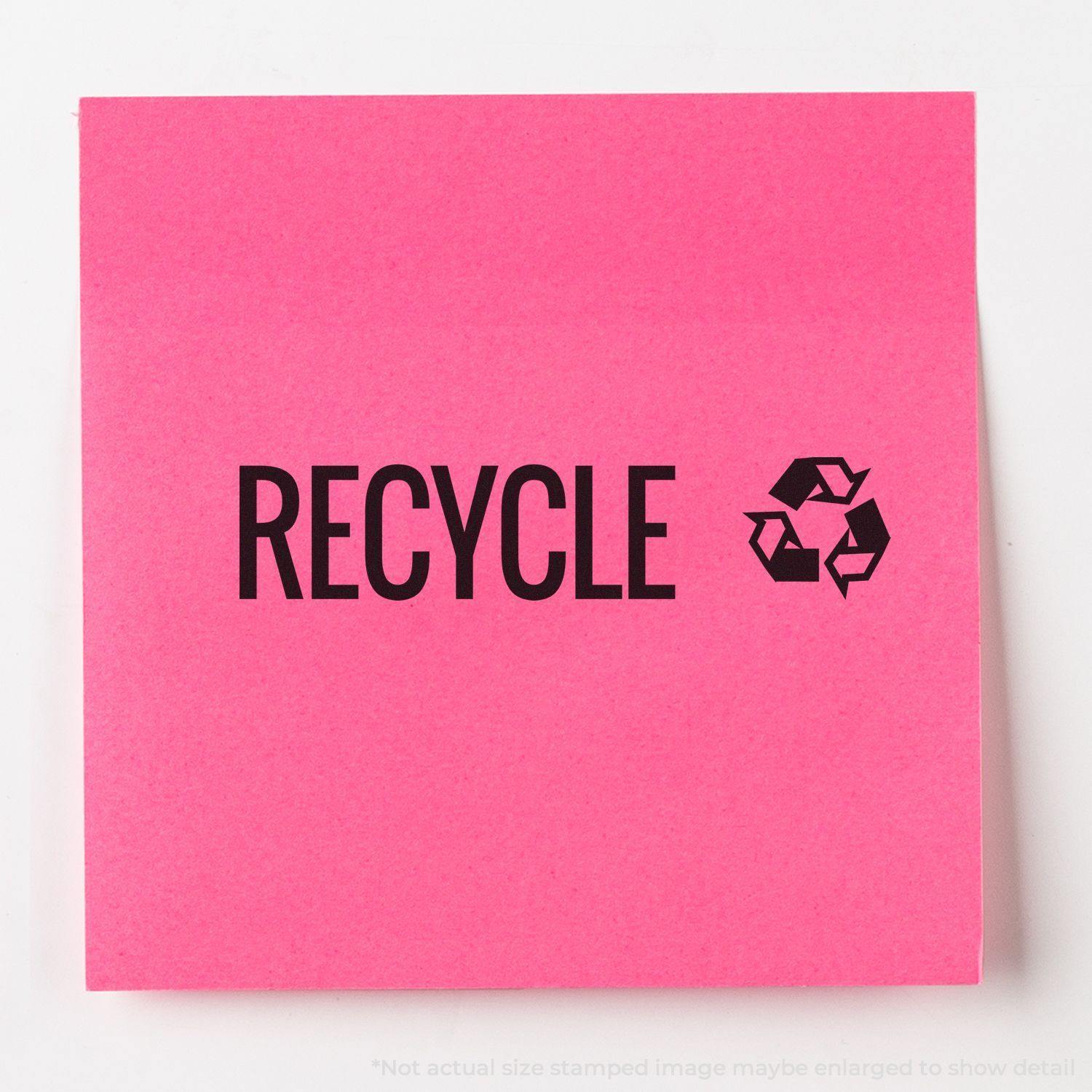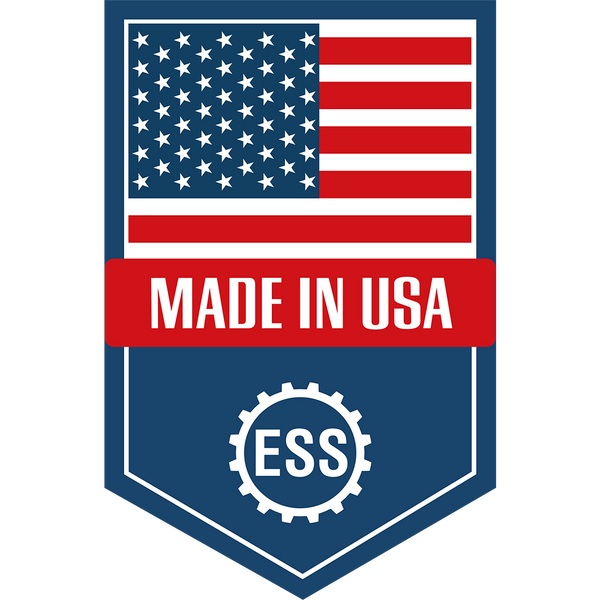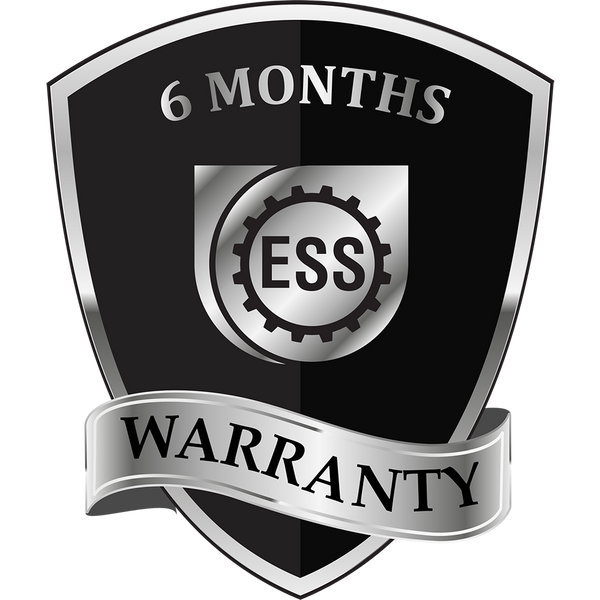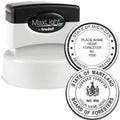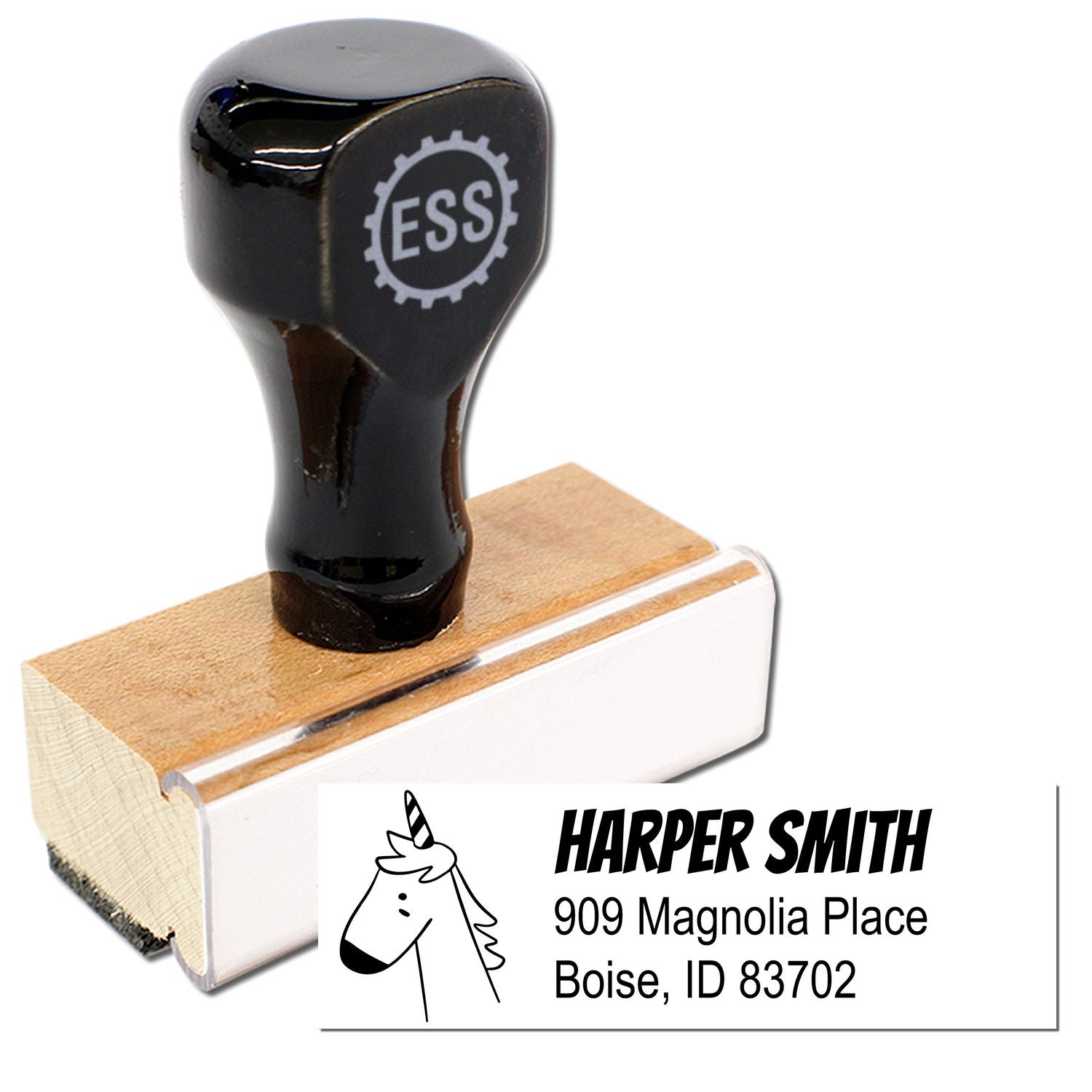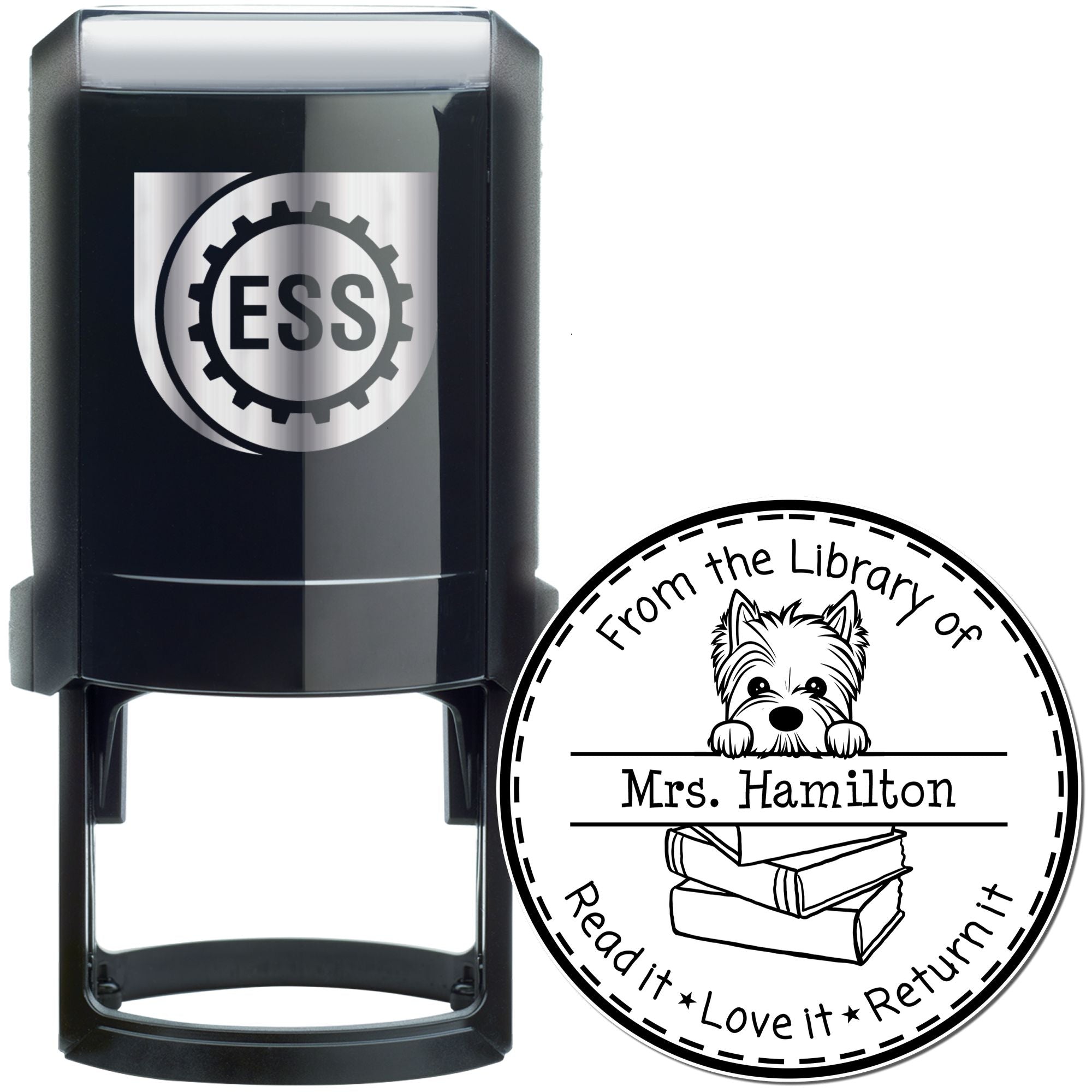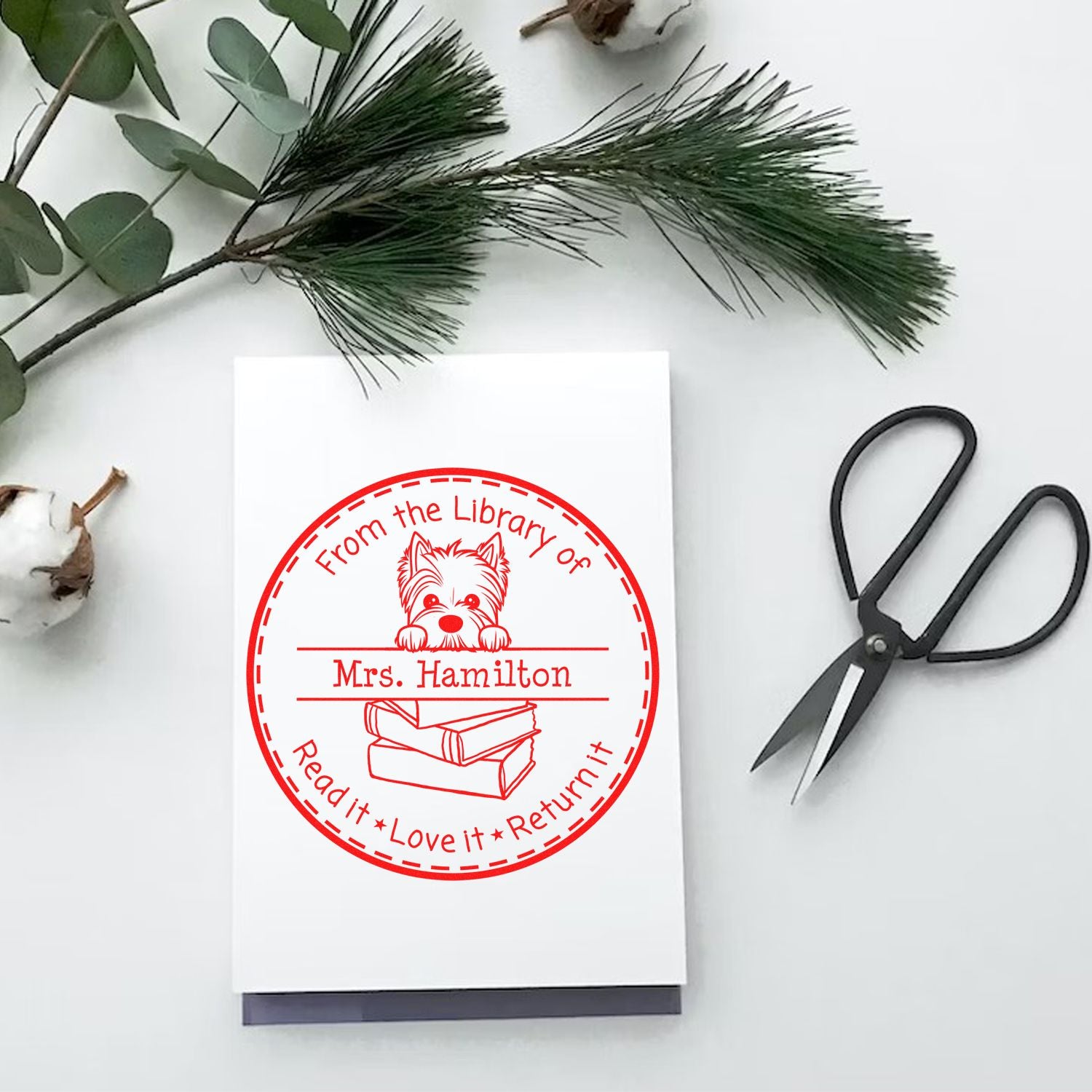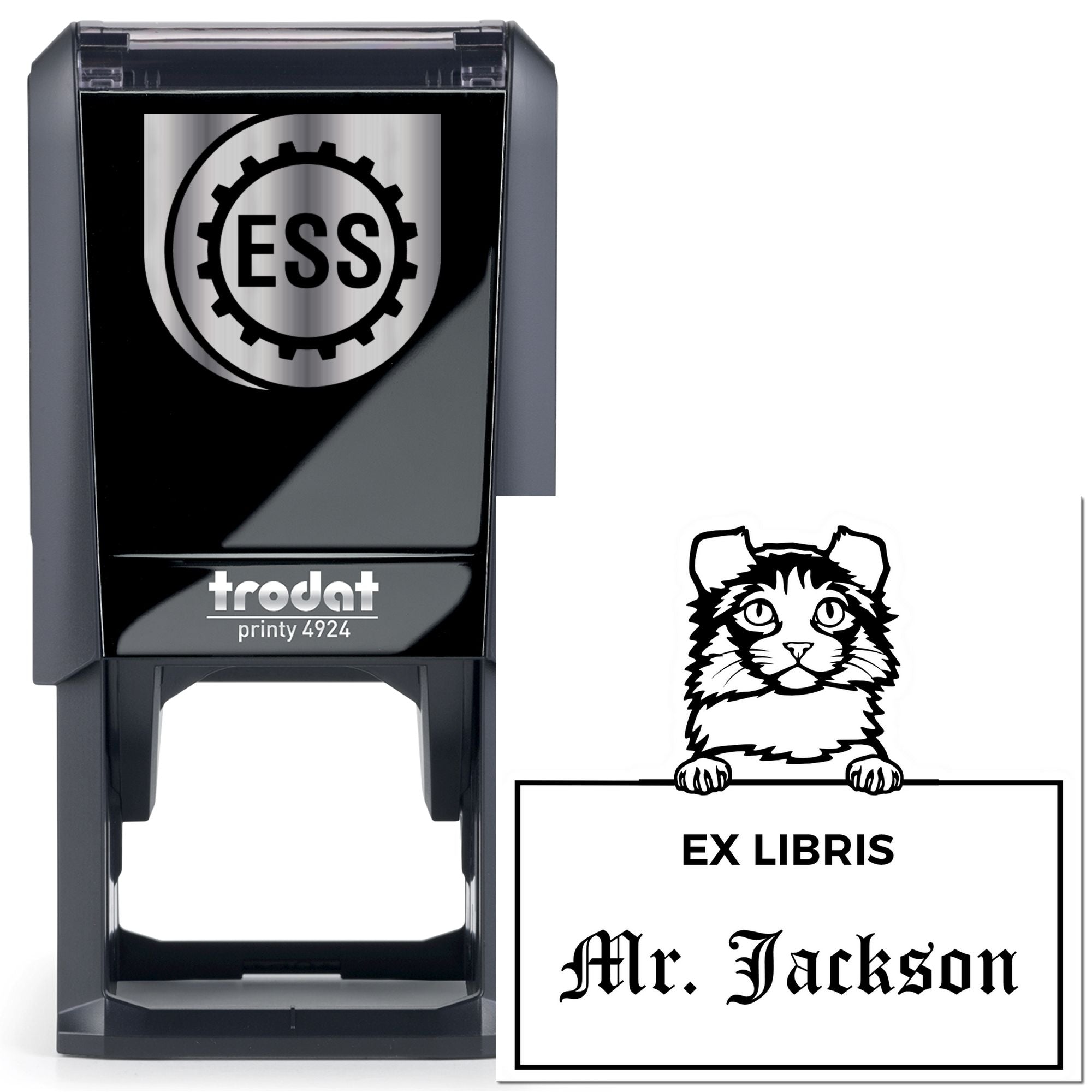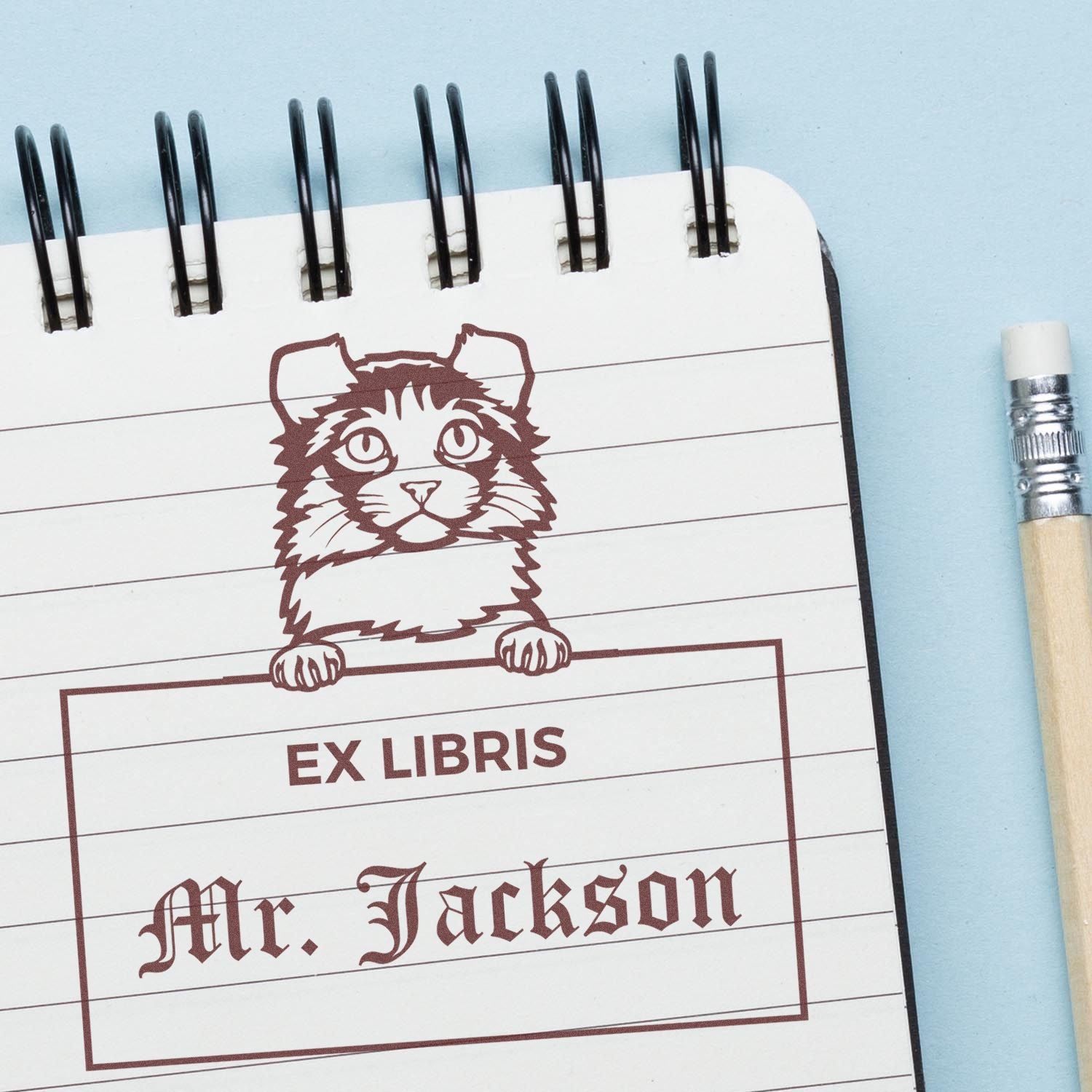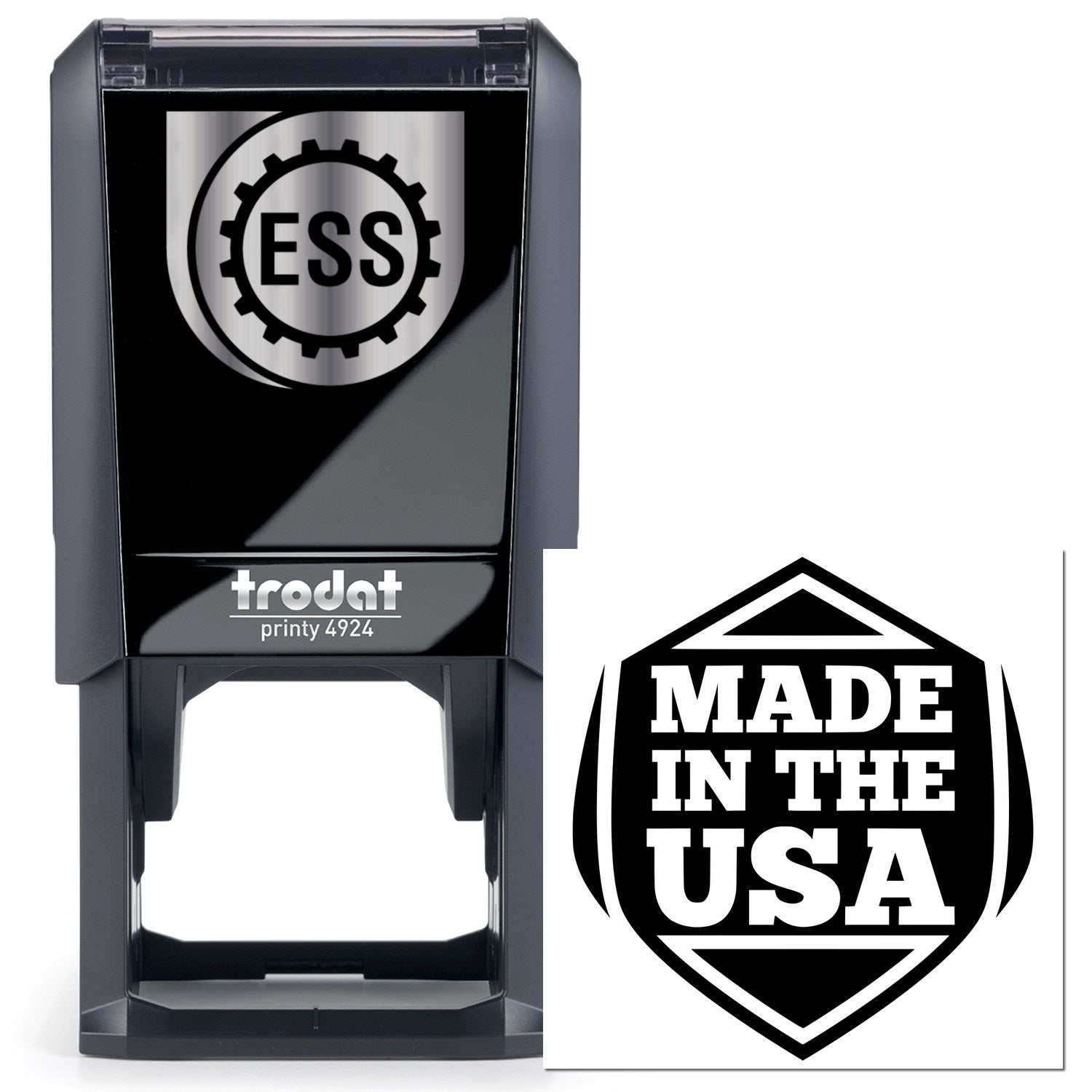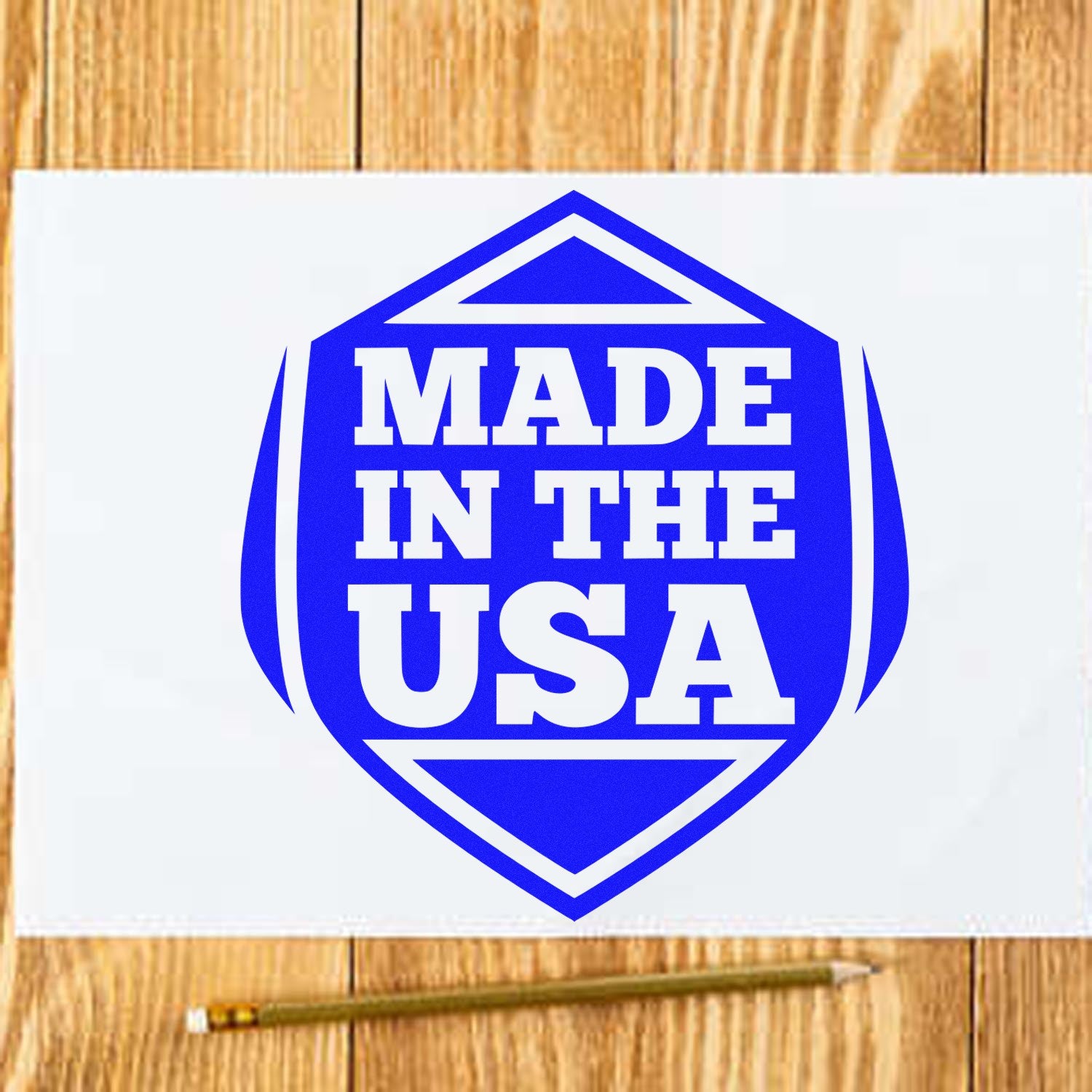Are you looking for a straightforward way to make your small business stand out? You’re in the right place. Personalized logo stamps instantly give your brand a professional, memorable vibe without costing an arm and a leg. Whether you’re stamping envelopes, packaging boxes, or thank-you cards, a distinct mark with your logo helps customers recognize you faster—and keeps your brand top of mind. By the end of this guide, you’ll have a clear plan to select, design, and use your custom stamp so you can create a lasting impression at every turn.
Understand personalized logo stamps
Personalized logo stamps are custom-made stamps that feature your unique brand identity (like a logo, slogan, or short tagline). Think of them as an extension of your brand personality, ready to be applied wherever you want. Before you dive into selecting the right type, it’s crucial to grasp their full potential and how they can influence the way people perceive your business.
What they are
Put simply, a custom stamp features the image or text of your choosing, often including your main logo or business name. Instead of printing a generic design, you get a one-of-a-kind tool that reflects your brand’s style. Stamps can vary in size, shape, and ink color to accommodate different items—like paper bags, brochures, or even fabric tags. Many business owners appreciate these stamps because they’re a small yet potent way to gain recognition. You can incorporate them on event flyers, price tags, or promotional items to make sure no small branding opportunity goes to waste.
Why they matter
In a crowded market, standing out can feel like a never-ending puzzle. But personalized logo stamps help you solve a key piece of that puzzle by offering an extra personal touch. When a customer sees your logo neatly stamped on a package or a label, it conveys care and attention to detail. It says, “We’re proud of our brand and we want you to remember us.” That personal connection can foster repeat purchases and encourage word-of-mouth recommendations.
Choose design elements that fit your brand
A clear, eye-catching design makes all the difference. Before you get caught up in decorative flourishes, think about the fundamentals: does your logo come across well in different sizes and shapes of stamps? Is it easy for a first-time viewer to read or understand? Below are a few design considerations to keep in mind.
Match your style and goals
Your logo is the face of your brand, so make sure your stamp complements it perfectly. If your business leans toward minimalism, choose a clean, uncluttered design. If you’re known for bold and playful vibes—for example, a children’s boutique—feel free to opt for a stamp with bright colors or a fun border. The design should reflect what your brand stands for and speak directly to your target audience.
- Consider how your brand colors might translate to stamped ink. If you typically use pastel colors, bright blue ink can maintain a sense of fun.
- Balance fancy lettering: while an ornate font can catch the eye, too much detail in a small stamp can blur or smudge.
Think about scale and legibility
Does your logo look good in a smaller size? Since stamps can range from very small to palm-sized or bigger, the details in your artwork need to remain visible. Avoid designs with extremely thin lines or tiny font sizes that may become unreadable once you dip them in ink and press them on paper. If you’re unsure, print out a test version in a few sizes and hold it at arm’s length. That’s about how someone will see your stamp in real life.
Pick materials that withstand time
Choosing the right stamp is about more than just the logo design. You’ll want a quality material and build so that your stamp keeps working reliably. The type of stamp you get influences the impression it leaves, not to mention how easy the stamping process will be in your day-to-day workflow.
Wood-mounted, self-inking, or pre-inked
If you associate stamps with an old-school wooden handle, you’re not alone. Wood-mounted stamps are classic. They’re durable and give you the freedom to pick any ink color you want. However, you need a separate ink pad.
- Wood-mounted stamps are great if you enjoy changing ink colors often.
- Self-inking stamps have an internal inkpad that inks your logo automatically, saving you time if you do heavy repetitive stamping.
- Pre-inked stamps similarly feature built-in ink, but they don’t require a separate pad. These often create crisp impressions but can be more expensive upfront.
Durability and upkeep
No matter which type you choose, it’s wise to invest in a stamp designed for frequent use, especially if you plan to incorporate stamping into most of your packaging or marketing materials. A well-made stamp (for instance, the kind you can find through Engineer Stamps or ESS) should last for thousands of impressions if you clean it regularly and replace ink as needed. It might cost a bit more initially, but the reliability and quality of impressions over time usually justifies this small extra expense.
Apply stamping techniques for a crisp impression
Even the most beautifully designed stamp can appear sloppy if you don’t apply the right technique. Luckily, it’s a skill you can master quickly. Practice on scrap paper to see how much pressure you need and how the ink flows. Once you’re comfortable, you can stamp your real materials with confidence.
Adjust your pressure
Some people press too hard and end up with blurred edges or smudges. Others press too lightly and don’t transfer enough ink. The sweet spot is firm, even pressure—just enough to get a full outline without warping the design. A good tip is to place a thin foam sheet or mousepad beneath the surface to help with even distribution. Press firmly, lift straight up, and you’re done.
Consider the surface
Paper is typically the easiest material to stamp, but you can also stamp on cardstock, fabric, or even wood if you have the right type of ink. When stamping on textured or rough surfaces, it might take a bit more practice, plus the right kind of ink that adheres well. If you plan on stamping multiple surface types, experiment with each one beforehand. This ensures you can spot any issues and adjust your technique to avoid smudges.
Use stamps to strengthen brand identity
A custom logo stamp is more than just a decoration. It’s a chance to reinforce who you are as a business, so every time someone sees that familiar design, they know exactly who they’re dealing with. If you’re thoughtful about when and where you use it, stamps become a powerful element of your brand strategy.
Packaging and beyond
One of the most common uses is stamping your business logo on packaging. It’s simple, effective, and adds that personal flair. You can stamp shopping bags, shipping boxes, or product wrappers. But think bigger, too. Maybe you decorate envelopes with your logo for holiday greetings, or you add your stamp to in-store signage for a bit of brand flair.
- Bags: Especially helpful if you’re a retail store or run a pop-up shop.
- Shipping boxes: Great for e-commerce businesses to stand out in a stack of brown packages.
- Tags and labels: If you sell handmade items, a small hang tag with your logo is a nice finishing touch.
Personal notes and thank-you cards
Everyone likes to feel appreciated, so why not add a stamped personal message inside your customer packages? Maybe you write a short “Thank you for your support!” and top it off with a crisp logo stamp at the bottom. This small gesture can foster a loyal following and encourage repeat business. There’s something about an old-fashioned, hand-stamped note that digital communications can’t replicate.
Find a vendor who meets your needs
Not all stamp-makers are created equal. Some specialize in designing for different materials, others focus on speed or budget-friendly prices. You want a company that can balance quality and affordability. Having a reliable vendor often helps you avoid shipping delays, messy prints, or mismatched design specs. Let’s look at what to consider when you’re shopping around.
Compare price, quality, and turnaround
Price matters, but so does quality and service. Cheaper stamps might fade quickly or produce uneven impressions. On the flip side, the priciest option isn’t always the best if you’re just starting out. Check reviews from other small businesses to see how well their stamps performed over time. Also keep an eye on turnaround times—if you’ve got a big craft fair or product launch coming up, you’ll need your stamps delivered promptly.
Why we like Engineer Stamps (ESS)
If you’re looking for a dependable source, Engineer Stamps (often called ESS) offers a blend of durable construction, crisp imprint quality, and responsive customer service. You can choose from a range of materials, handle styles, and ink colors. They’ve supported plenty of small businesses looking for personalized logo stamps. From our experience, the clarity of their finished product stands out—and so does their willingness to help newbies navigate the stamping world.
Maintain your stamp for long-term use
Like any tool, your custom logo stamp needs routine care for best results. The upside is, basic maintenance doesn’t take much time. With just a bit of cleaning and proper storage, you can keep your stamp looking brand new even after countless impressions.
Clean regularly
Excess ink can build up over time, leading to blurriness the next time you stamp. To avoid this, gently wipe the stamp surface with a soft, lint-free cloth or paper towel right after each major stamping session. If you prefer a thorough cleaning, lightly dab the stamp with water or mild stamp cleaner (available from craft stores) and pat it dry. Avoid harsh chemicals that might eat away at the rubber surface.
Store it properly
When not in use, place your stamp face up in a cool, dry environment. Avoid stacking heavy objects on top, which can distort or tear the rubber. Keep it away from direct sunlight—prolonged exposure to heat or UV rays can damage the material, causing it to crack. Some stamp enthusiasts store their stamps in sealed plastic containers or small drawers to keep out dust.
Avoid common pitfalls
While stamping is relatively easy, there are a few beginner mistakes that can lessen the effectiveness of your personalized logo stamps. Recognizing these pitfalls will save you headaches, ink, and a whole bunch of wasted paper.
Over-inking or under-inking
Filling your pad with too much ink might seem like a good idea for a darker impression, but it often leads to messy edges and splotches. On the other hand, too little ink yields faint or incomplete prints. The key is balancing it out. If you notice ink pooling around the edges of your logo, try blotting the pad with a few clean swipes of a paper towel. If your stamp looks faded, apply a small amount of fresh ink and give it a moment to absorb.
Misalignment on slippery surfaces
Nothing screams amateur like a crooked stamp, especially on a nice envelope or business card. If your stamping surface is smooth or glossy, the risk of the stamp sliding increases. Try placing a piece of non-slip shelf liner or a rubber mat under your work area. Line up your stamp carefully, apply firm pressure, and lift it straight up without shifting your hand. With a little practice, you’ll achieve perfectly centered imprints every time.
Create a smooth workflow for mass stamping
If you run a business that ships dozens or even hundreds of packages each week, doing everything by hand can become time-consuming. Luckily, refining your setup makes the process way more efficient. Plus, consistent stamping across all your materials shows off your brand at its best.
- Use a stamping jig: This is basically a homemade guide that keeps your paper or boxes in the same position so you can stamp quickly and accurately.
- Pre-prepare your surfaces: If you need to stamp 100 envelopes, line them all up neatly, so you don’t have to shuffle around looking for your next piece.
- Schedule a stamping session: Block off specific time in your day or week to focus on stamping only. This prevents it from becoming a distracting, disorganized chore.
Go beyond packaging
When you think of personalized logo stamps, you might picture customer orders and outgoing mail. But you can apply them in other creative ways to build brand awareness and spark excitement. Sometimes, these unconventional uses can lead to delightful moments that your customers or social media followers will remember long after the transaction.
- Events: Stamp giveaways or freebies at your booth. You can even stamp everyone’s hand as an entry pass if it suits your brand vibe.
- Loyalty cards: If you have a café or boutique, use your custom stamp on loyalty cards to track your customers’ visits. It’s more eye-catching than a generic hole punch.
- Out-of-the-box marketing: Consider stamping a small, consistent message in unexpected places, like the corner of community bulletin boards or inside local event programs (with permission, of course). You never know who might see it.
Add a personal touch to social media content
Social media is more than just text; it’s a visual universe. Imagine filming a short reel or TikTok showing how you decorate your packages with your personalized logo stamp. Or sharing a photo of your custom-stamped business cards laid out on a desk. Behind-the-scenes content resonates with followers because it reveals the care you put into each order. You’ll not only market your products but also show people the simple, heartfelt effort behind your brand.
- Mini stamping tutorials: Offer quick tips to your audience for how they can use stamps in personal projects or gift wrapping. People love helpful, relatable content.
- Live Q&A: Host a quick live video where you demonstrate stamping techniques. It adds a fun, interactive element and positions you as a friendly expert.
Sum up your stamping strategy
Stamping may seem like a small detail, but it plays a big role in how people perceive your brand. From designing the perfect logo stamp to mastering your inking technique, each step adds another layer of professionalism. Think about all the delightful ways you’ll decorate packages, documents, and more. The result is a consistent, memorable experience for your customers. After all, adding a personal, human touch is what turns casual buyers into loyal fans. So, if you’re ready to make your mark, consider creating or updating your custom logo stamp. It’s simple, budget-friendly, and oh-so-effective at elevating your business.
Frequently asked questions
- How do I make sure my design looks clear on a personalized logo stamp?
- The best approach is to simplify. Make sure you don’t rely on super-fine border lines or tiny lettering. Print out a scaled-down version of your design to see if it remains legible. You can also ask your stamp provider—like Engineer Stamps (ESS)—for a proof or sample before final production.
- Can I change the ink color on a self-inking stamp?
- Sometimes, yes, but it depends on the model. Some self-inking stamps include replaceable ink pads in multiple colors. However, if you want frequent color changes, a wood-mounted stamp with a separate ink pad might be more flexible (and avoids messy swaps).
- Are pre-inked stamps better than self-inking ones?
- It’s mostly a matter of preference. Pre-inked stamps often create sharper, more uniform impressions and typically need fewer refills. Self-inking stamps reset quickly right after each impression, which is handy if you’re stamping in high volume. Both are good choices, and it comes down to your budget and workflow needs.
- Will my personalized logo stamps work on materials other than paper?
- Yes, if you use the right ink. You can stamp on fabric, wood, or even plastic with specialized inks that adhere to different surfaces. Just confirm that your chosen stamp is compatible with the ink you plan to use, and test it on a sample piece before stamping an entire batch.
- How long does a stamp from Engineer Stamps (ESS) last?
- With proper care, most stamps can produce thousands of impressions. Clean any leftover ink promptly and store the stamp in a dry spot, away from sun or heat. If you ever notice fading or inconsistent prints, change or re-ink the pad to keep it fresh.
- Can I fix a slightly crooked stamp impression?
- Typically, once the ink hits the paper, you can’t perfectly realign it. Your best bet is to prevent crooked impressions in the first place. Use guides or placeholders to position your item, apply even pressure, and lift the stamp straight up. With practice, crooked prints will become a rarity.
Feel free to experiment, practice, and put your stamp to good use on all sorts of materials. Over time, you’ll discover new ways to incorporate custom stamping into your daily operations, delight your customers, and give your brand that extra spark of personality. Happy stamping!

